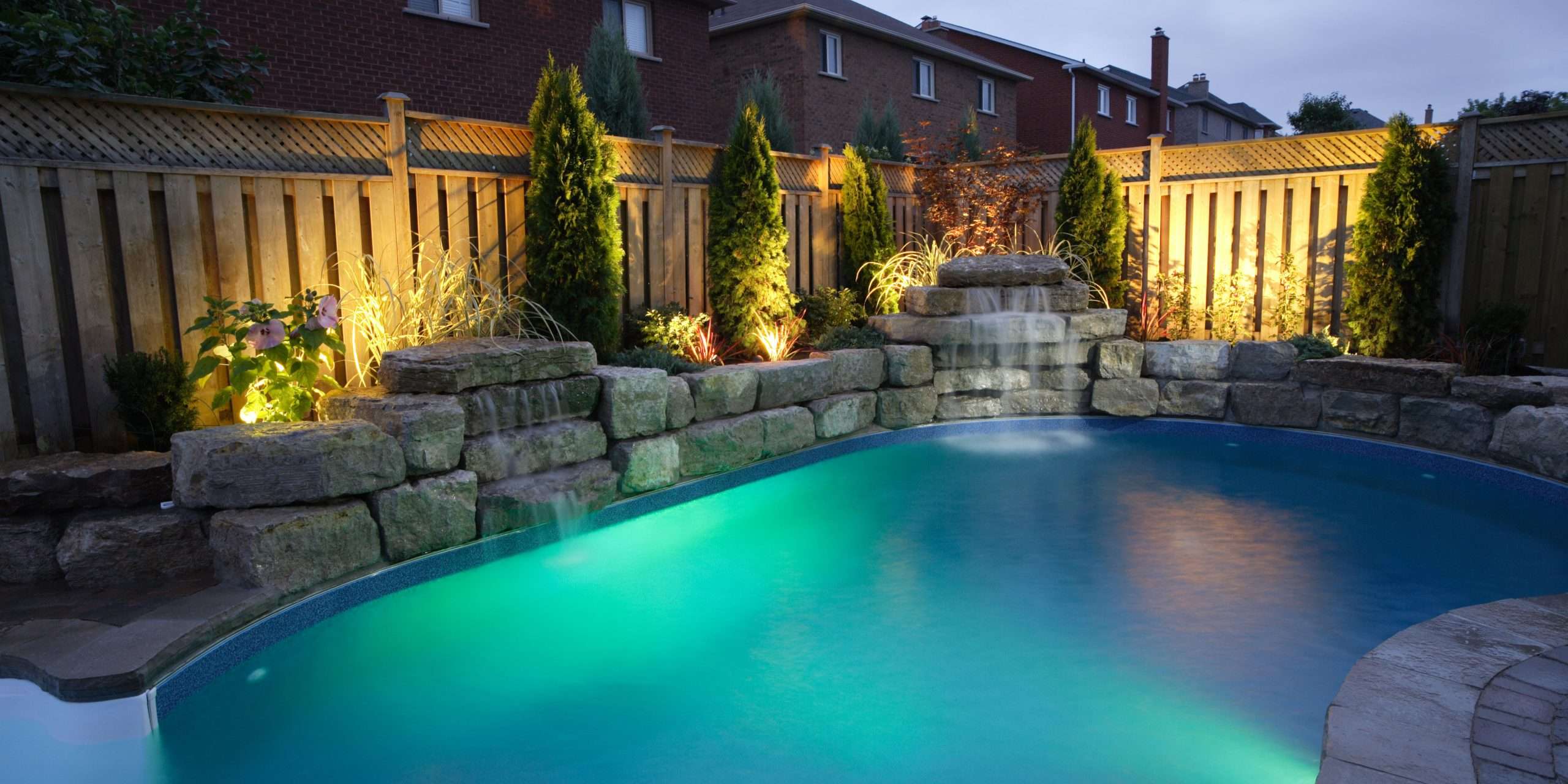Pool waterfalls are a popular addition to many residential and commercial swimming pools. Not only do they add visual appeal and aesthetic value to the pool, but they also provide a relaxing sound and create a tranquil environment. In this blog, we will cover everything you need to know about pool waterfalls, including their types, benefits, installation, maintenance, and cost.
Types of Pool Waterfalls

There are various types of pool waterfalls, and each has its own unique features and benefits. The most common types of pool waterfalls are:
- Natural Stone Waterfalls – These waterfalls are made of natural stones, such as granite, limestone, and sandstone. They are highly durable and can blend in with the surrounding landscape.
- Artificial Waterfalls – These waterfalls are made of concrete or fiberglass and are designed to mimic natural waterfalls. They come in a variety of shapes and sizes and can be customized to fit any pool design.
- Sheer Descent Waterfalls – These waterfalls create a sheet-like effect as water flows over a straight edge. They are a popular choice for modern pool designs and can create a sleek and sophisticated look.
Benefits of Pool Waterfalls

Pool waterfalls offer several benefits, including:
- Aesthetic Appeal – Pool waterfalls can enhance the beauty of the pool and add a natural element to the surroundings.
- Relaxation – The sound of falling water can create a calming atmosphere and promote relaxation.
- Increased Property Value – A pool with a waterfall can increase the value of a property and make it more attractive to potential buyers.
- Improved Water Circulation – Waterfalls help to circulate pool water, which can improve water quality and reduce the need for chemicals.
Installation of Pool Waterfalls

The installation of pool waterfalls can be a complex process and should be done by a professional. Here are the steps involved in the installation process:
- Planning – The first step is to determine the type, size, and location of the waterfall. The design should be compatible with the existing pool design and landscaping.
- Excavation – The area around the pool where the waterfall will be installed is excavated and prepared.
- Plumbing – The plumbing system is installed to allow water to flow to and from the waterfall.
- Construction – The waterfall is constructed using the chosen materials and designed to create the desired effect.
- Testing – The waterfall and plumbing system are tested to ensure they are functioning correctly.
Maintenance of Pool Waterfalls

To ensure the longevity and optimal performance of pool waterfalls, regular maintenance is required. Here are some tips for maintaining pool waterfalls:
- Clean the waterfall regularly to prevent algae buildup and debris accumulation.
- Check the plumbing system for leaks or damage.
- Maintain proper water chemistry to prevent calcium buildup and corrosion of the waterfall.
- Winterize the waterfall in cold climates to prevent damage from freezing temperatures.
Cost of Pool Waterfalls

The cost of pool waterfalls varies depending on the type, size, and complexity of the installation. Natural stone waterfalls are typically more expensive than artificial waterfalls due to the cost of materials and labor. The cost of installation can range from $3,000 to $10,000 or more, depending on the design and features.
Conclusion
Pool waterfalls are a beautiful and functional addition to any swimming pool. They offer numerous benefits, including aesthetic appeal, relaxation, increased property value, and improved water circulation. The installation process should be done by a professional, and regular maintenance is required to ensure optimal performance. The cost of installation varies depending on the type and complexity of the installation. If you are considering adding a waterfall to your pool, consult with a professional to determine the best type and design for your needs and budget.


